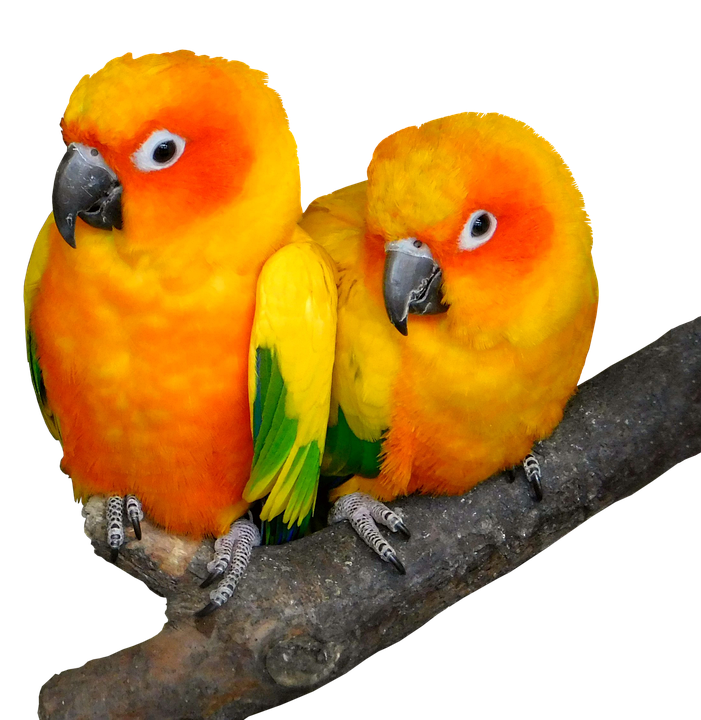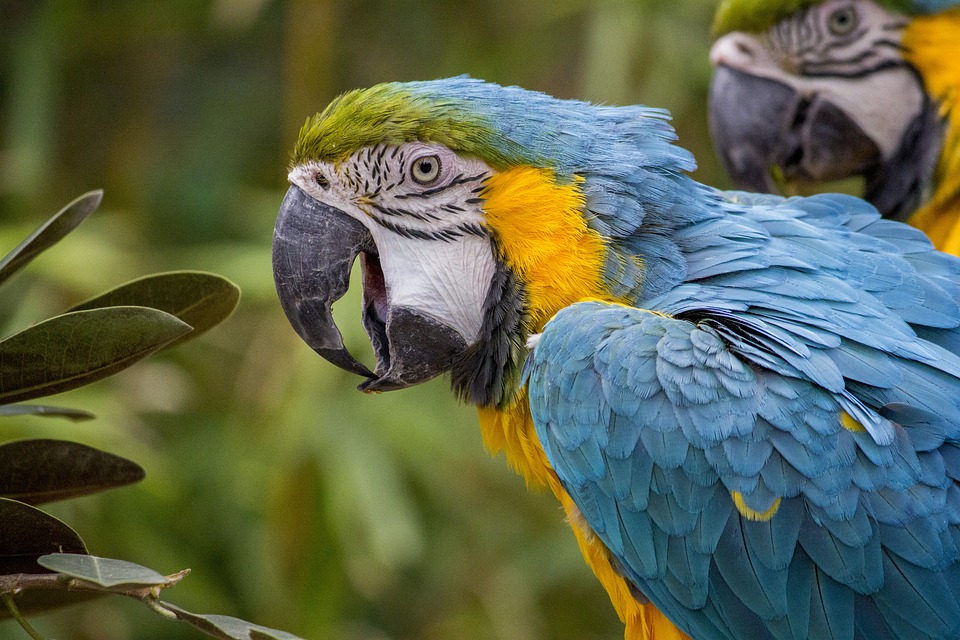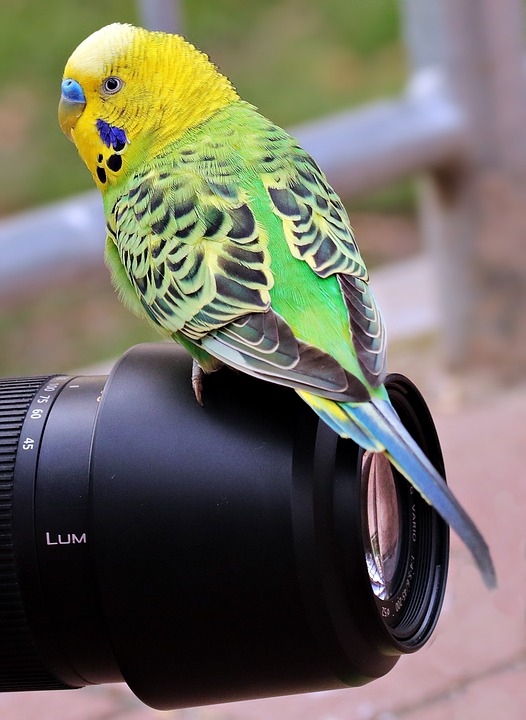Parrot courtship displays are fascinating behaviors that play a crucial role in the reproductive cycle of these intelligent and social birds. In this article, we will delve into the various courtship displays exhibited by parrots, their significance, and what they tell us about their behavior and social dynamics. Additionally, we will address some frequently asked questions regarding parrot courtship displays.
Parrot courtship displays are a series of behaviors and actions that parrots engage in to attract a mate and establish a bond. These displays serve multiple purposes, including bonding and pair formation, communication of reproductive readiness, and establishing hierarchy within a flock.
There are several common types of courtship displays observed in parrots. Physical displays include head bobbing and nodding, wing flapping and spreading, and tail fanning. These physical displays are often accompanied by vocalizations, such as whistling, singing, chattering, and mimicking. Parrots also engage in feeding behaviors, such as regurgitation and offering food, as a way to bond with their potential mate.
The significance of parrot courtship displays cannot be overstated. Bonding and pair formation are essential for successful reproduction, and courtship displays help parrots establish a strong bond with their chosen mate. These displays also serve as a communication tool, signaling reproductive readiness to potential mates and ensuring successful mating.
Courtship displays also play a role in establishing hierarchy within a flock. Parrots engage in displays to assert dominance and establish their place in the social structure. Understanding these displays can provide valuable insights into the social dynamics of a parrot flock.
When it comes to human interaction, the presence of humans can have an impact on parrot courtship displays. Some parrots may exhibit their displays more prominently or frequently when humans are around, while others may be more reserved. It is important to respect the parrot’s natural behavior and respond appropriately to their displays.
Interpreting and responding to parrot courtship displays can be challenging, but there are some general guidelines to follow. It is important to observe the parrot’s body language and vocalizations to determine whether the behavior is a courtship display or an aggressive behavior. Consulting with an avian behaviorist or experienced parrot owner can provide valuable insights and guidance.
In terms of frequently asked questions, here are some common queries about parrot courtship displays:
1. Why do parrots engage in courtship displays?
Parrots engage in courtship displays to attract a mate, establish a bond, and communicate reproductive readiness.
2. Are courtship displays the same for all parrot species?
While there are some common courtship displays observed across different parrot species, there can also be variations in behavior and display patterns.
3. How can I differentiate between courtship displays and aggressive behaviors in parrots?
Observing the parrot’s body language, vocalizations, and overall behavior can help differentiate between courtship displays and aggressive behaviors. Consulting with an expert can provide further guidance.
4. Can parrots exhibit courtship displays towards humans?
While parrots may exhibit affectionate behaviors towards humans, courtship displays are primarily directed towards potential mates of their own species.
5. How should I respond to parrot courtship displays?
It is important to respect the parrot’s natural behavior and respond appropriately. Providing a supportive and nurturing environment is key to promoting their natural instincts and behaviors.
In conclusion, parrot courtship displays provide valuable insights into the behavior and social dynamics of these magnificent birds. Understanding the various types of displays and their significance allows us to better appreciate and care for our pet parrots, ensuring their well-being and promoting a harmonious relationship between humans and birds. By respecting and responding appropriately to these displays, we can create a nurturing environment that supports their natural instincts and behaviors.









